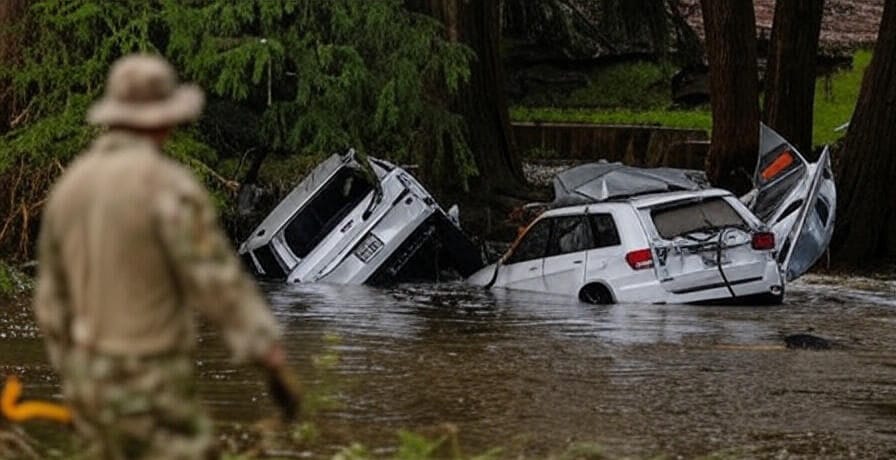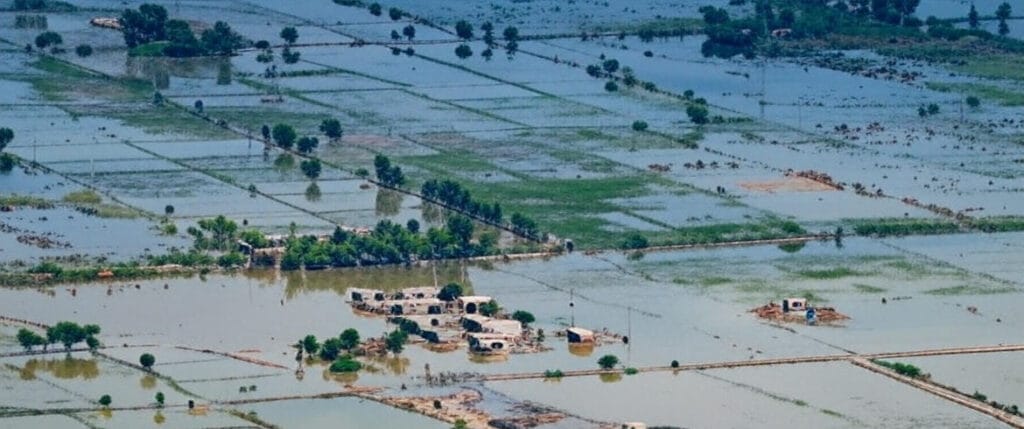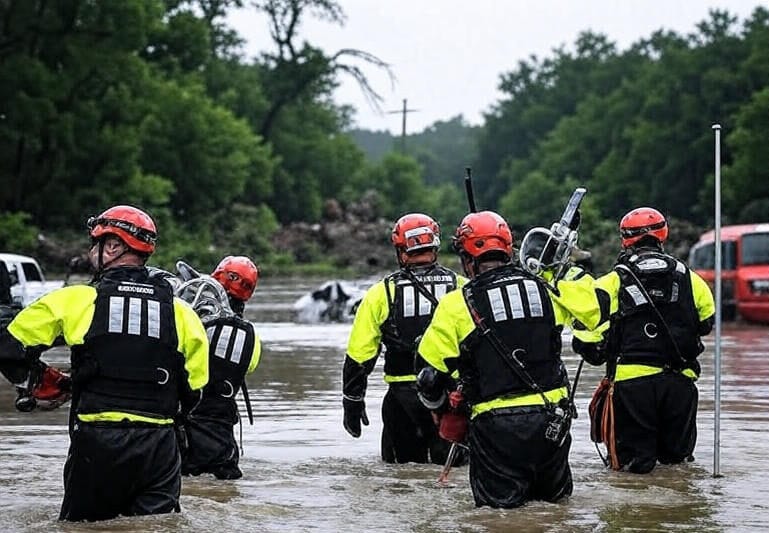
From July 4 to July 7, 2025, Central Texas, particularly Kerr County, suffered one of its deadliest natural disasters as flash floods overwhelmed the Guadalupe River. Triggered by up to 15 inches of rain, including 6.5 inches in three hours in Hunt, Texas, the floods claimed at least 121 lives, with 96 in Kerr County, and cleared out 166 individuals lost, counting five campers and one counselor from Camp Spiritualist, a Christian girls summer camp. Organized in Streak Surge Back street, the locales douse slants and unpleasant scene opened up the catastrophe.This web journal looks at the significant part of innovation in look and protect operations, the challenges of forecasting and warning systems, and the ongoing recovery efforts, highlighting the need for enhanced disaster preparedness in Central Texas.
The Guadalupe River Catastrophe

The flooding, driven by a mesoscale convective vortex and remnants of Tropical Storm Barry, caused the Guadalupe River to surge 26 feet in 45 minutes, reaching 29 feet in Hunt and 29.86 feet in Comfort. In Kerrville, the river rose to 21 feet, destroying homes, vehicles, and infrastructure. Described as a “pitch-black wall of death,” the floods devastated Camp Mystic, claiming 27 lives, including children and counselors. Economic losses are estimated to exceed $20 billion, with extensive agricultural damage across 21 counties, including destroyed fencing, barns, and cropland. The region’s vulnerability, exacerbated by prior drought and climate-driven extreme rainfall, underscores the urgent need for technological advancements in disaster management.
Technology in Search and Rescue Operations
Progressed innovations have been instrumental within the surge reaction. The Government Crisis Administration Office (FEMA), actuated by President Donald Trumps major fiasco announcement on July 6, utilized toady symbolism and chance modeling to survey harm over influenced areas.NASAsent two WB-57 discuss transport arranged with Unstable sensors to capture high-resolution video mosaics, making a difference see and secure endeavors in Kerr Province.The Texas Discuss National Protect utilized MQ-9 Gatherer rambles,operated remotely from Fargo, North Dakota, for aerial surveillance, locating survivors and mapping damage in inaccessible regions. The U.S. Coast Guard conducted over 223 helicopter rescues, supported by boats and high-water vehicles, saving more than 850 people. However, a collision between a rescue helicopter and an unauthorized private drone forced an emergency landing, highlighting the critical need for stricter airspace regulations during crisis operations to ensure the safety of rescue missions.
Forecasting and Warning System Challenges

The National Weather Service (NWS) issued a flood watch at 1:18 p.m. CT on July 3, forecasting 5 to 7 inches of rain, but the actual 15 inches overwhelmed forecasting models, including the FLASH system and Multi-Radar/Multi-Sensor System. Streak surge notices were issued at 1:14. on July 4, with emergencies declared for Kerr County at 4:03 a.m. and Kerrville at 5:34 a.m. However, delayed CodeRED alerts and the absence of warning sirens in Kerr County left many residents unprepared. A petition for installing warning sirens has garnered nearly 40,000 signatures, reflecting widespread public demand for improved alert systems. Staffing shortages at NWS offices and budget cuts to the National Oceanic and Atmospheric Administration (NOAA) further hindered accurate forecasting, emphasizing the need for enhanced meteorological tools and real-time data integration to improve future predictions.
Agricultural and Economic Recovery Efforts
The surges caused critical agrarian misfortunes, with the Texas Division of Agribusiness utilizing lackey symbolism and ramble studies to appraise harm to crops, animals, and infrastructure.Over 20 inches of rainsince July 3 have postponed recuperation endeavors, complicating hands on work and compounding misfortunes. FEMA and state agencies are leveraging data analytics to prioritize aid distribution, with monetary contributions from organizations like Toyota Motor North America ($600,000) and the NFL Foundation, Dallas Cowboys, and Houston Texans ($1.5 million) supporting technology-enabled relief efforts, such as debris mapping and resource allocation. These initiatives aim to rebuild agricultural infrastructure and support affected communities, with data-driven approaches ensuring efficient aid delivery.
Implications for Future Disaster Preparedness
The Central Texas floods highlight technology’s dual role as both a lifesaver and a point of vulnerability in disaster management. While drones, satellite imagery, and aerial rescues saved numerous lives, inadequate warning systems and forecasting limitations contributed to the tragedy’s severity. The loss of 27 lives at Camp Mystic underscores the need for enhanced safety protocols at flood-prone sites, particularly summer camps. Governor Greg Abbott has announced a special legislative session starting July 21 to address emergency communications, relief funding, and flood response strategies, with a focus on investing in predictive modeling, centralized alert systems, and airspace management. These measures aim to bolster resilience in “Flash Flood Alley,” where climate change is intensifying extreme weather events.
Conclusion
The July 2025 Central Texas floods demonstrate the critical importance of technology in disaster response, from drones and satellite imagery to data analytics for recovery. While these tools facilitated life-saving rescues and damage assessments, gaps in forecasting accuracy and alert systems reveal significant areas for improvement. By investing in advanced meteorological models, robust warning infrastructure, and regulated airspace, Texas can enhance its preparedness for future disasters. The resilience of affected communities, supported by technological innovation and coordinated relief efforts, offers hope for recovery, but the loss of 121 lives serves as a stark reminder of the stakes involved in addressing these challenges.






4znp3q